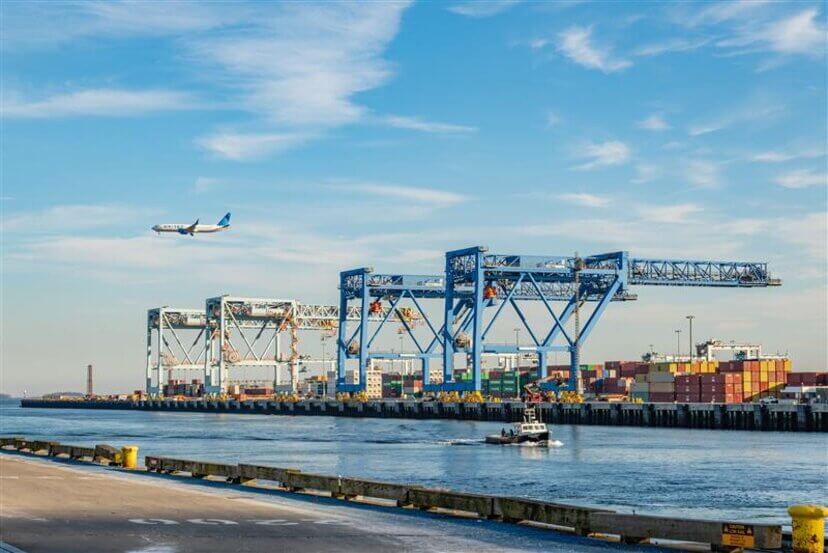Supply Chain Resilience: Prepping for the Future

The global supply chain landscape has experienced unprecedented disruptions in recent years, spurring businesses to rethink their strategies. Companies have navigated disruptions like COVID-19, geopolitical tensions, and natural disasters, all threatening operations and profitability.
As the focus on supply chain resilience is intensifying, with emerging trends like nearshoring gaining traction. Let’s explore how businesses are adapting to mitigate risks, reduce costs, and stay competitive.
The Rise of Nearshoring
Nearshoring—relocating production closer to end markets—has become a key strategy for mitigating supply chain risks. Companies are increasingly shifting away from globalized manufacturing models that rely heavily on distant suppliers. This move addresses several critical factors:
- Mitigating Geopolitical Risks: Global tensions, such as trade wars and political instability, have exposed vulnerabilities in traditional supply chains. Nearshoring reduces risk exposure, ensuring operational continuity and smoother workflows.
- Reducing Shipping Costs and Lead Times: Rising fuel and transport costs are making long-haul shipping less practical. Nearshoring minimizes these expenses and significantly improves delivery times, allowing companies to meet customer expectations efficiently.
- Enhancing Supply Chain Agility: Proximity to suppliers and markets enables quicker adjustments to demand fluctuations, fostering an agile supply chain. Businesses can respond to changing market dynamics more effectively, gaining a competitive edge.
Key Trends Shaping Supply Chain Resilience in 2025
1. Embracing Digital Transformation
Advanced technologies are pivotal in building resilient supply chains. Tools like AI, blockchain, and IoT are revolutionizing the way businesses monitor and manage their supply chains. These innovations provide real-time visibility, predictive analytics, and enhanced decision-making capabilities, empowering companies to preempt disruptions and optimize operations.
2. Diversifying Supplier Networks
Over-reliance on a single supplier or region can be catastrophic during disruptions. Companies are diversifying their supplier base to build redundancy and reduce risks. Multi-sourcing strategies ensure that production and delivery are not entirely reliant on one geographic location.
3. Prioritizing Sustainability
Sustainability is no longer optional but essential. Eco-friendly practices are now integral to meeting regulations and consumer demands in supply chains. Nearshoring also aligns with sustainability goals by reducing carbon emissions associated with long-distance shipping.
4. Adopting Agile Methodologies
Agility is at the core of resilient supply chains. Agile methodologies, such as just-in-time (JIT) production and rapid inventory replenishment, help companies adapt quickly to market changes. This strategy helps businesses sustain operations during uncertainty.
Challenges of Nearshoring
While nearshoring offers significant benefits, it is not without challenges. Nearshoring may lead to higher labor costs and limited access to specialized talent compared to offshore options. Additionally, transitioning to a nearshore model requires careful planning, investment, and collaboration with local suppliers and governments.
Preparing for the Future
To thrive in 2025 and beyond, companies must prioritize supply chain resilience. This involves leveraging advanced technologies, diversifying supplier networks, and embracing nearshoring as a viable strategy. By adopting these measures, businesses can mitigate risks, enhance agility, and build a robust supply chain capable of withstanding future disruptions.
In conclusion, the shift toward nearshoring and other resilient strategies is more than a trend—it is a necessity. Businesses must proactively adapt to the evolving supply chain landscape to secure their long-term success. By adopting the right strategies, businesses can transform challenges into opportunities, driving sustainability and competitiveness in an unpredictable world.
